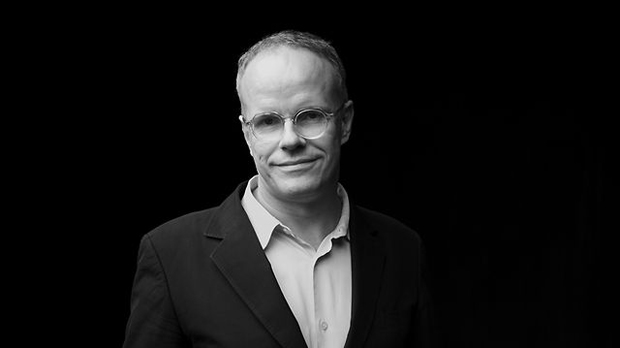
Hans Ulrich Obrist blasts 'fly-in, fly-out' curators
"It nearly always produces superficial results - making art is not the matter of a moment," says star curator
Curator Hans Ulrich Obrist, co-director of the Serpentine Gallery, has taken a pop at what he calls the rise of "fly-in, fly-out curating" in an article in the Financial Times. "Fly-in, fly-out curating nearly always produces superficial results," he says. "It’s a practice that goes hand in hand with the fashion for applying the word 'curating' to everything that involves simply making a choice – radio playlists, hotel decor, even the food stalls in New York’s High Line Park. Making art is not the matter of a moment, and nor is making an exhibition; curating follows art," Obrist argues.
Obrist's comments echo a growing feeling in the art world that the same names are increasingly cropping up at art fairs and museums - perhaps a byproduct of there being so many right now. The practice of star curators calling their regular collaborators and putting together a show is relatively cheap and easy to manage for institutions - and pretty much guarantees a success.
Obrist urges curators “to shape exhibitions as long-duration projects and to consider issues of sustainability and legacy," and uses the example of a performance of John Cage’s 1987 ASLSP (As SLow aS Possible) piece currently underway in Halberstadt, Germany and scheduled to last for 639 years. (It began on September 5, 2001.)
“For me the making of exhibitions has always had to do with dialogue: a concentrated, in-depth, focused dialogue with artists, who keep teaching me that exhibitions should always invent new rules for the game," Obrist argues. What Obrist is calling for requires an ongoing dialogue with a wide range of artists. As many have commented, that's something that has made this year's Documenta such a success. Take an in depth look at this year's Documenta here and watch our videos with Obrist. He's also a contributor to Defining Contemporary Art. You can read a brief history of the word curator here and read the full Financial Times article.